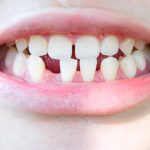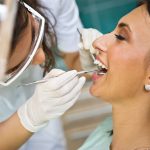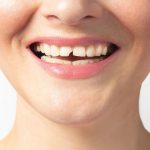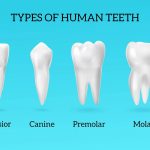5 Easy Ways to Remove Food from Wisdom Teeth Holes: A Comprehensive Guide

Wisdom teeth removal can be a daunting experience for many people, especially when it comes to managing the aftercare. One of the most challenging aspects of healing from wisdom teeth extraction is removing food particles from the holes left behind. However, with a little effort and some helpful tips, you can efficiently remove food from wisdom teeth holes without causing any discomfort or damage. In this comprehensive guide, we will explore five easy ways to remove food from wisdom teeth holes. We will cover everything from basic tools and techniques to more advanced methods that can help you clear debris from those hard-to-reach areas. Whether you’re recovering from wisdom teeth extraction or simply seeking ways to improve your oral hygiene, this guide is the perfect resource to help you maintain a healthy mouth and prevent any complications after surgery. So, let’s get started and learn how to remove food from wisdom teeth holes with ease!
Wisdom teeth holes are the result of the extraction of the third molars, which usually emerges during the late teenage years or early twenties. These holes are located in the back of the mouth and can be quite painful, especially if food gets stuck in them. The holes typically take several weeks to heal completely, and during this time, it is essential to keep the area clean to prevent any infection or inflammation. It is important to follow proper oral hygiene practices, like rinsing with saltwater, using a syringe to flush out debris, and avoiding hard and crunchy foods that could irritate the area. With a little patience and care, wisdom teeth holes can heal quickly and painlessly.
Keeping wisdom teeth holes clean is crucial in preventing infection. Food particles that get stuck in the holes can provide a breeding ground for harmful bacteria, leading to gum inflammation, pain, and even abscesses. Regular brushing and flossing are key to removing food debris and keeping the area around the holes clean. Rinsing with saltwater or an antiseptic mouthwash can also help disinfect the area and prevent infection. Neglecting proper oral hygiene can lead to serious complications and prolong the healing process, so it’s important to take the necessary steps to keep the wisdom teeth holes clean and healthy.
Rinse with Salt Water

Rinsing with salt water is one of the most effective and simple ways to remove food particles from wisdom teeth holes. It is a natural and safe remedy that can alleviate pain and swelling in the area as well. All you need is warm water and salt. Mix a teaspoon of salt into a cup of warm water and stir it well. Take a sip of the saltwater and swish it around in your mouth for 30 seconds before spitting it out. Repeat this process a few times a day, especially after meals, to keep the area clean and free from bacteria. Saltwater can also promote healing by reducing inflammation and preventing infection. However, it is essential to note that rinsing with salt water should not replace proper dental hygiene practices such as brushing and flossing. It is merely a temporary solution to remove food particles and bacteria from the wisdom teeth holes. If you experience persistent pain or swelling in the area, it is crucial to seek medical attention from a dental professional. In some cases, the wisdom teeth may need to be extracted to prevent further complications. Therefore, it is essential to maintain good oral hygiene habits and seek medical advice if necessary.
A salt water rinse is a highly effective remedy for removing food particles from wisdom teeth holes. This is because salt has natural antibacterial properties that help reduce inflammation and fight off harmful bacteria in the mouth. It also helps to loosen any debris that may be stuck in the holes, making it easier to remove with gentle swishing. Additionally, the warm salt water can provide a soothing effect on the sore gums and promote faster healing. Simply mix a teaspoon of salt in a glass of warm water and swish it around your mouth for 30 seconds before spitting it out. Repeat this process a few times a day for maximum effectiveness.
If you’re struggling with food stuck in your wisdom teeth holes, don’t worry, there are easy ways to remove it. The first step is to rinse your mouth with warm salt water to loosen the food particles. Then, use a syringe or a water flosser to flush out the debris. You can also try using a cotton swab or a toothbrush to gently dislodge the food. Another effective method is using an oral irrigator to blast away the food particles. Finally, if the food is too stubborn, you can visit your dentist for a professional cleaning. By following these step-by-step instructions, you can keep your wisdom teeth holes clean and healthy.
Use a Syringe
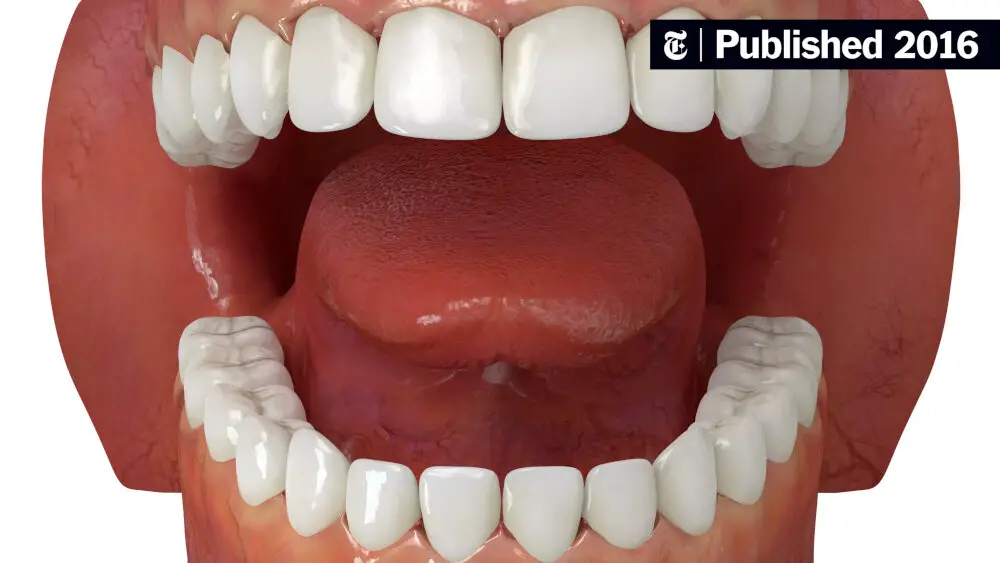
Wisdom teeth extraction is a painful and uncomfortable process that can leave you with food debris stuck in the holes. This can cause discomfort, bad breath, and even infections. Luckily, there are easy ways to remove food from wisdom teeth holes, and using a syringe is one of them. To use a syringe, first, make sure it is clean and sterile. Fill it with warm salt water or a mixture of water and hydrogen peroxide. Gently position the syringe over the hole and press the plunger to release the water. The water will flush out any food debris or bacteria stuck in the hole. Repeat the process until you feel like the hole is clean. It is important to be gentle when using a syringe to avoid causing any pain or damage to the extraction site. Using a syringe can be an effective and easy way to remove food from wisdom teeth holes, but it is important to follow the instructions carefully to avoid any further discomfort or complications.
A syringe is a handy tool that can help you remove food particles from wisdom teeth holes. It consists of a hollow barrel, a plunger, and a needle-like attachment. To use a syringe, you fill the barrel with warm salt water, position the needle-like attachment into the opening of the wisdom tooth hole, and gently push the plunger to release the water. The force of the water dislodges any food particles that may be stuck in the hole, and the warm salt water helps to reduce inflammation and promote healing. Syringes are easy to use, affordable, and widely available at drug stores or online.
Using the 5 easy ways to remove food from wisdom teeth holes is simple and straightforward. Firstly, rinse your mouth with warm salt water to help dislodge any debris. Next, use a syringe or oral irrigator to flush out the hole with water or a saltwater solution. You can also use a cotton swab or the tip of your toothbrush to gently clean the area. Another effective method is to use a water flosser to remove food particles. Lastly, avoid eating sticky or hard foods that can get stuck in the hole. By following these steps, you can keep your wisdom teeth holes clean and free of debris, promoting faster healing and preventing infection.
Use a Water Flosser

Wisdom teeth extraction is a common dental procedure that many people undergo. After the surgery, it’s essential to take good care of your mouth, especially the wisdom teeth holes, to prevent infection and promote healing. One way to ensure oral hygiene is by using a water flosser. Water flossers are an excellent tool for removing food particles from the wisdom teeth holes. Unlike traditional flossing, which can be painful and difficult, water flossers effectively clean the teeth and gums using a powerful stream of water. The water pressure dislodges any debris and flushes it out of the mouth, leaving you with a clean and fresh feeling. Using a water flosser is easy and gentle, making it an ideal solution for those who have recently undergone wisdom tooth extraction. In addition to promoting oral hygiene, water flossers offer several other benefits. They are gentle on the teeth and gums, making them suitable for people with sensitive teeth or gum disease. They are also easy to use and can be adjusted to suit your needs. The water pressure can be increased or decreased, depending on your preference, and there are different nozzle attachments for various cleaning needs. Using a water flosser can also reduce the risk of cavities and gum disease by removing food particles and bacteria that can cause tooth decay. Overall, using a water flosser is an effective and convenient way to keep your mouth clean and healthy after wisdom teeth extraction.
A water flosser is an effective tool for cleaning food particles from wisdom teeth holes. This device uses a stream of pressurized water to flush out debris and bacteria from tight spaces between teeth, including the hard-to-reach areas around wisdom teeth. By directing the jet of water into the pockets around the teeth, a water flosser can dislodge food particles and plaque buildup, reducing the risk of infection and inflammation. Regular use of a water flosser can help keep the area around wisdom teeth clean and healthy, promoting faster healing and preventing complications such as dry socket. Additionally, water flossers are easy to use and can be a great alternative to traditional flossing for people who have trouble reaching the back of their mouth.
If you’re looking for a way to remove food from your wisdom teeth holes, here are some step-by-step instructions to follow. First, rinse your mouth with warm salt water to loosen any food particles. Then, gently brush the area using a soft-bristled toothbrush, being careful not to irritate the surrounding tissue. If brushing doesn’t work, try using a water irrigator or dental pick to dislodge any remaining food. You can also try using a saline solution or an over-the-counter antiseptic mouthwash to help clean the area. Lastly, if the hole is still bothering you, it’s important to follow up with your dentist to ensure proper healing and prevent any potential complications.
Use a Softbristled Toothbrush

Using a soft-bristled toothbrush is an essential step to remove food from wisdom teeth holes. When you brush with a hard-bristled toothbrush, you may cause damage to your gums and teeth. Soft-bristled toothbrushes are gentle on your teeth and help to remove food particles that have been lodged in your wisdom teeth holes. It is recommended to use toothbrushes with soft bristles, as they prevent damage to teeth enamel and the gums, making them a better option for people who have sensitive teeth. Using a soft-bristled toothbrush can also help to prevent the formation of plaque in your mouth. Plaque is a sticky film that forms on your teeth and gums, and it can lead to tooth decay and gum disease. Using a soft-bristled toothbrush helps to remove plaque from your teeth, reducing the risk of tooth decay and gum disease. It is important to brush your teeth twice a day, using a soft-bristled toothbrush, to maintain good oral hygiene and prevent dental problems. By following this simple step, you can keep your teeth and gums healthy, and avoid any complications that may arise from wisdom teeth holes.
Using a soft-bristled toothbrush is essential in maintaining good oral hygiene and removing food particles from wisdom teeth holes. The bristles of a soft toothbrush are gentle on the teeth and gums and do not cause damage or irritation. They are also effective in reaching the small spaces between teeth and the wisdom teeth holes. When brushing, it is important to use gentle circular motions to dislodge any food particles that may be stuck in the crevices. It is recommended to brush at least twice a day, especially after meals, to prevent the accumulation of food and bacteria in the wisdom teeth holes, which can lead to infection and other dental problems.
To use the 5 easy ways to remove food from wisdom teeth holes, start by rinsing your mouth with warm salt water to disinfect the area. Next, use a syringe or water flosser to gently flush out any remaining food particles. Alternatively, you can use a cotton swab to gently clean the area, being careful not to apply too much pressure. If the food is stubbornly stuck, try using a gum stimulator or oral irrigator to remove the debris. Lastly, be sure to maintain proper oral hygiene practices to prevent food from getting trapped in the first place. With these simple steps, you can keep your wisdom teeth holes clean and healthy.
Avoid Certain Foods
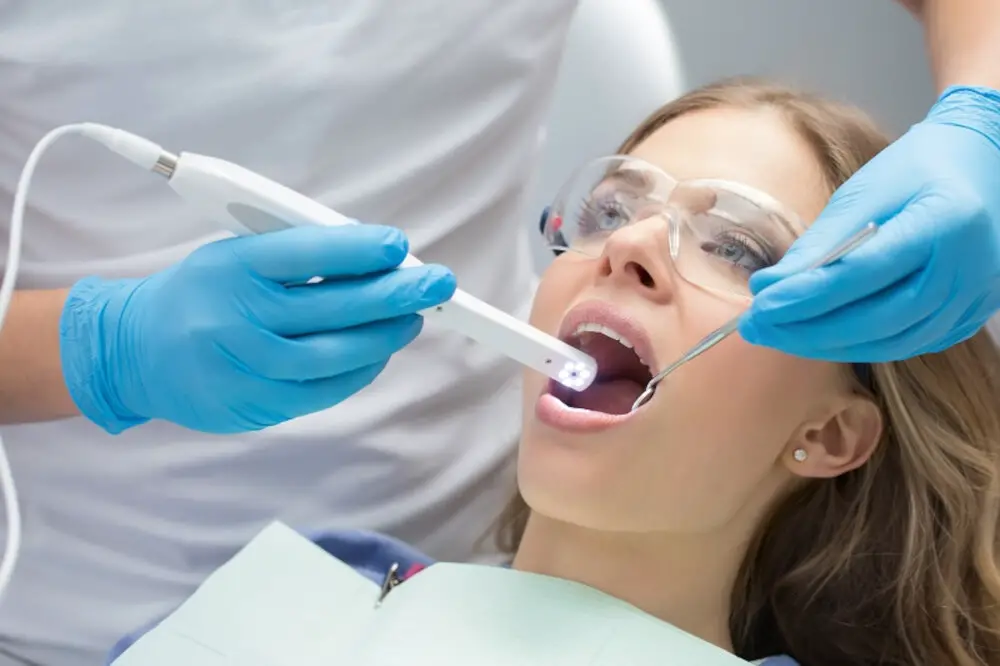
When it comes to removing food from wisdom teeth holes, it’s important to avoid certain foods altogether. Hard, crunchy, or chewy foods can all cause irritation and even damage to the healing tissue in your mouth. This can be particularly problematic if you’ve recently had your wisdom teeth removed, as the tissue is still delicate and vulnerable to injury. Some of the foods you should avoid include nuts, popcorn, chips, and hard candy, as well as any foods that require a lot of chewing or have sharp edges that could scrape against the tissue. Additionally, it’s important to avoid any foods that are sticky or gummy, as these can get stuck in the holes and be difficult to remove. This can not only be uncomfortable, but it can also lead to infection if the food is left in the hole for too long. Some examples of sticky or gummy foods to avoid include caramel, taffy, and chewing gum. By being mindful of what you eat and avoiding these types of foods, you can help to ensure a smooth and comfortable healing process after wisdom tooth removal.
When it comes to healing wisdom teeth holes, avoiding certain foods is crucial to prevent further discomfort and complications. Hard, crunchy, and sticky foods should be avoided as they can easily get stuck in the extraction site and delay the healing process. Some examples of these foods include popcorn, nuts, chips, candies, and gum. Additionally, spicy and acidic foods should also be avoided as they can irritate the extraction site and cause pain. Examples of these foods include citrus fruits, tomatoes, hot sauce, and vinegar-based dressings. Instead, opt for soft, nutritious foods like mashed potatoes, smoothies, yogurt, and soup to promote healing and avoid any discomfort.
If you have recently undergone wisdom teeth extraction surgery, it is essential to follow a particular diet plan to avoid any complications. Soft, non-chewy foods are highly recommended during the healing process. Some alternative foods that can be consumed include soups, stews, mashed potatoes, scrambled eggs, smoothies, and yogurt. These foods are easy to consume, and they provide the necessary nutrients required for the body’s recovery process. It is also essential to avoid spicy, acidic, and crunchy foods during this period as they can cause pain, irritation, and even infection in the affected area. By consuming these alternative foods, you can ensure a speedy recovery and avoid any further complications.
It is crucial to keep wisdom teeth holes clean to prevent infections and other complications. The holes are vulnerable to food particles and bacteria buildup, which can lead to infections and bad breath. Neglecting to keep the wisdom teeth holes clean can result in a painful condition called dry socket, where the blood clot that forms after tooth extraction dislodges, exposing the bone and nerves. To avoid such discomfort and complications, it is vital to maintain proper oral hygiene by rinsing the mouth with saltwater, using an irrigation syringe, and brushing gently around the extraction area. Regular dental check-ups and following the dentist’s instructions can ensure the healing process goes smoothly and prevent further oral health issues.
The article titled \5 Easy Ways to Remove Food from Wisdom Teeth Holes: A Comprehensive Guide\ provides a variety of effective strategies to prevent food particles from getting trapped in wisdom teeth sockets. The author presents five easy-to-follow methods, including using a saltwater rinse, a syringe, a water flosser, a cotton swab, and an oral irrigator. Each technique is explained in detail, with step-by-step instructions to ensure proper execution. The article also emphasizes the importance of maintaining good oral hygiene habits, such as regular brushing and flossing, to avoid complications and promote healing. Overall, this informative guide offers practical tips and tools to help individuals manage discomfort and promote healing after wisdom teeth extraction.
It’s important to remember that while home remedies can alleviate some discomfort, seeking professional help may be necessary for more severe cases. If you are experiencing persistent pain or swelling, difficulty opening your mouth, or have a fever, it’s best to consult with your dentist or oral surgeon. They can assess the condition of your wisdom teeth and provide a treatment plan tailored to your specific needs. Don’t hesitate to seek professional help if you are unsure about the best course of action – it’s always better to err on the side of caution when it comes to your dental health.
Conclusion
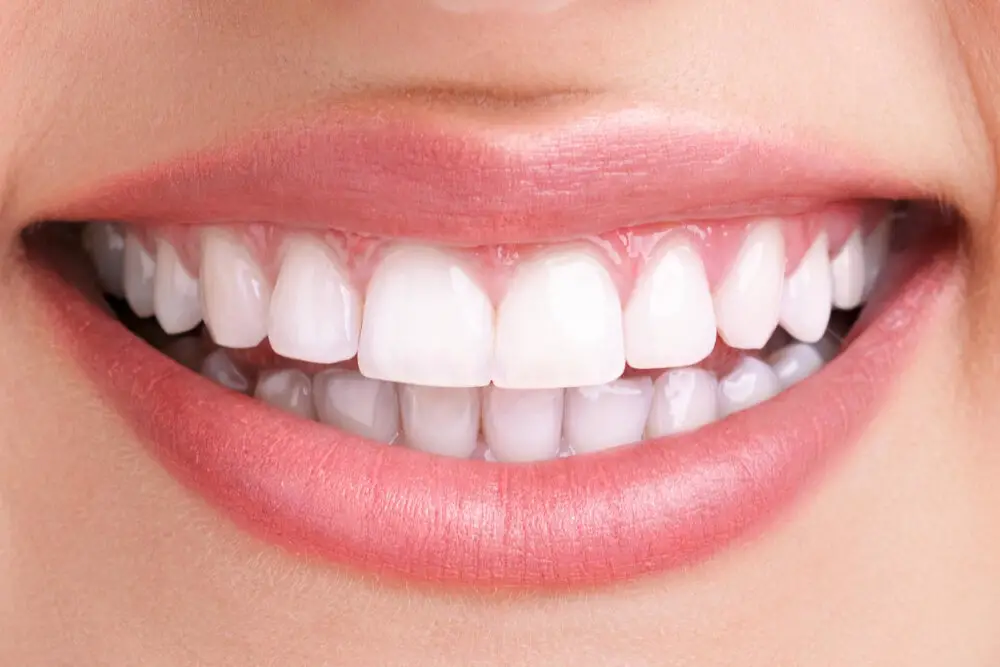
In conclusion, removing food from wisdom teeth holes may seem like a daunting task, but with the proper techniques, it can be easily accomplished. By using methods such as rinsing with salt water, using a syringe, using a water flosser, brushing gently, and avoiding certain foods, one can effectively prevent food from getting stuck and causing discomfort or infection. It is crucial to maintain good oral hygiene and seek professional help if necessary. With these simple steps, individuals can ensure a speedy and comfortable recovery after wisdom tooth extraction.
